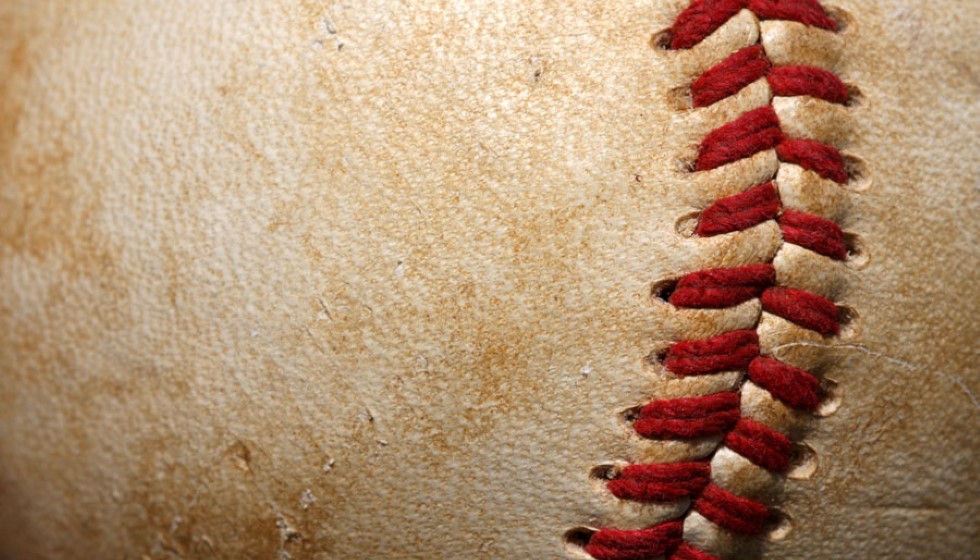
In an era of evolving technology, Major League Baseball (MLB) is about to take a significant step forward by incorporating an automated strike zone system (ABS). This innovation, hinted at by MLB commissioner Rob Manfred in May, promises to change how the game is played and officiated at the highest level.
Origin and Implementation
The Automated Ball-Strike (ABS) system isn't new—it’s been tested extensively at certain minor league levels, including Triple-A. Yet, its anticipated arrival in the big leagues marks a milestone for traditionalists and tech enthusiasts alike. Rob Manfred emphasized, “One thing we learned with the changes last year is, a little more time is better than not enough time. Just in terms of making sure when you bring something to the big leagues, you've got to make sure you got it right.”
The Challenge System
Among the proposed innovations is a challenge system allowing each team to appeal pitches to the ABS system, but with a cap of three challenges per game. This approach aims to balance human judgment and technological accuracy, ensuring that the latter supports rather than overrides the former. “Our focus, obviously, the second half of this year is on the challenge system, and that is almost 100% based on player feedback," Manfred noted.
Testing and Timing
Before ABS makes its formal appearance in Major League Baseball, it will undergo rigorous testing during spring training. This cautious approach underscores the MLB’s commitment to integrating ABS seamlessly and effectively. If all goes according to plan, the trial phase for ABS might begin as soon as 2025, marking a significant shift in how balls and strikes are called.
Technological Accuracy
ABS technology's precision is a key selling point. The system is accurate within a hundredth of an inch, ensuring that every pitch is judged with pinpoint accuracy. Manfred elaborated, “We have made material progress; the technology is good to 100th of an inch; the technology in terms of the path of the ball is pluperfect, number one.” Such accuracy promises to reduce the subjectivity and inconsistency that can sometimes mar a game officiated by human eyes alone.
Global Influence
Interestingly, the Korea Baseball Organization (KBO) has already adopted ABS this season. The results have been telling: KBO's On-base Plus Slugging (OPS) has increased from .712 last year to .766 this year following the ABS implementation. This uptick highlights that players are possibly adjusting their batting strategies based on a more consistent and predictable strike zone.
Initial and Long-term Effects
The minor leagues offer a glimpse into ABS's potential impact. Initially, the system led to an increase in strikeout and walk rates. However, as the technology and strike zone calibration fine-tuned over time, these rates stabilized. This trend suggests that while there may be an adjustment period, players and officials will eventually adapt to the new system.
Players' Experience
Several current major league players have already experienced ABS during their time in the minors or on rehab assignments. Their feedback and transition into the majors will be crucial for the system's success. As Manfred pointed out, the player input has been a significant factor in the development and potential rollout of ABS.
In summary, the integration of the Automated Ball-Strike system in Major League Baseball signifies a technological leap forward, promising greater accuracy and consistency. While it may initially pose challenges, the thorough testing and phased approach, combined with player feedback, pave the way for a smoother transition. As the MLB braces for this change, one thing is certain: the game is on the verge of a transformative era.